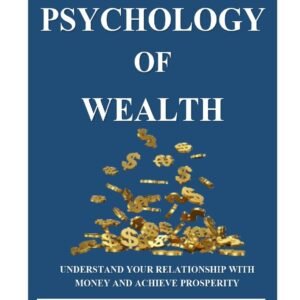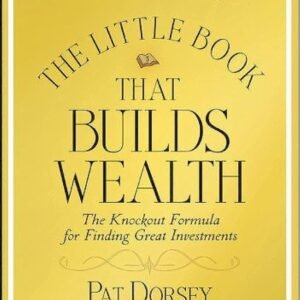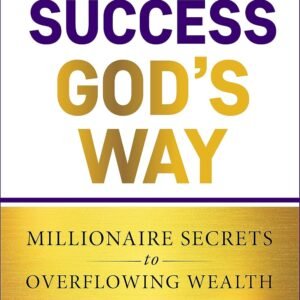|

|
 EmpowerHer Wealth: A Financial Literacy Planner for Women on the Rise
$29.00
EmpowerHer Wealth: A Financial Literacy Planner for Women on the Rise
$29.00
 THE PSYCHOLOGY OF WEALTH:. UNDERSTAND YOUR RELATIONSHIP WITH MONEY AND ACHIEVE PROSPERITY.
$12.08
THE PSYCHOLOGY OF WEALTH:. UNDERSTAND YOUR RELATIONSHIP WITH MONEY AND ACHIEVE PROSPERITY.
$12.08
 The Little Book That Builds Wealth: The Knockout Formula for Finding Great Investments
The Little Book That Builds Wealth: The Knockout Formula for Finding Great Investments
 The New Encyclopedia of Modern Bodybuilding : The Bible of Bodybuilding, Fully Updated and Revised
The New Encyclopedia of Modern Bodybuilding : The Bible of Bodybuilding, Fully Updated and Revised
 Financial Success God's Way: Millionaire Secrets to Overflowing Wealth (Keys to Christian Personal Growth)
$4.99
Financial Success God's Way: Millionaire Secrets to Overflowing Wealth (Keys to Christian Personal Growth)
$4.99
Leave a Reply